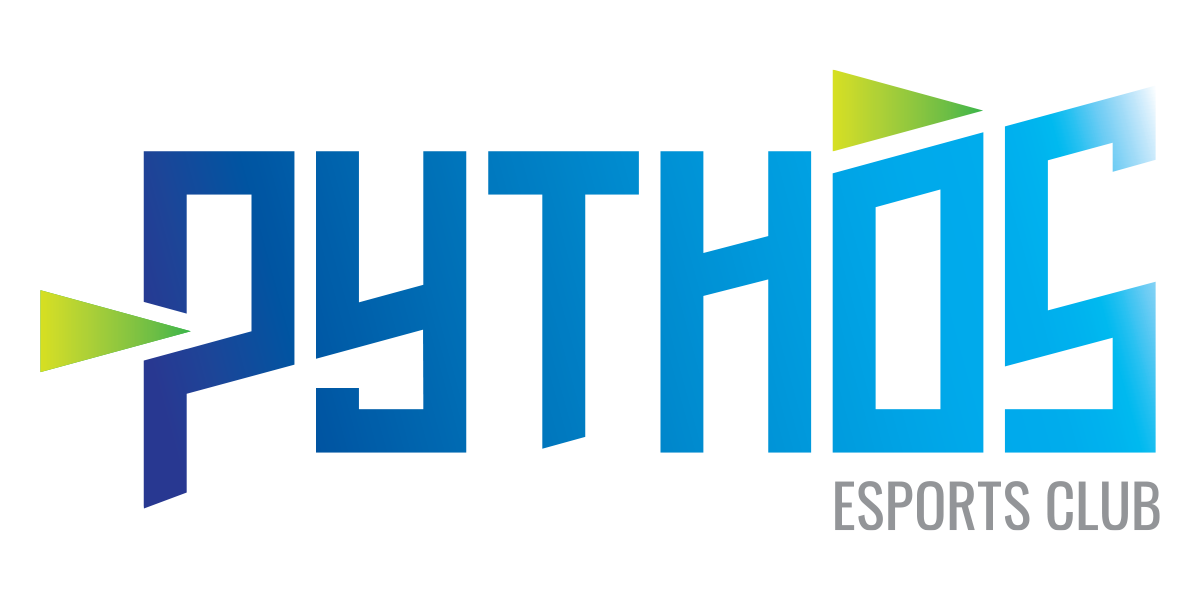18 Apr Do patch notes and updates hurt or help the esports scene?
Image Credit: Blizzard
Very few things embody the love/hate relationship that esports players have with game developers more than patch notes.
Every time a big update comes to a competitive title, some players rejoice, as it may be fixing a problem they find particularly troublesome, while some get infuriated because a beloved character, item or ability is not the same as it was before. Meta changes, strategy shifts and roster rebalancing are all a big strain on a player’s mental load, leading often to frustration and possibly burnout.
Pokémon announces new competitive title Pokémon Champions
VALORANT ranks explained: Full tier list & ranking system
League of Legends Brawl mode: All you need to know
Fighting games are a prime example of this dynamic. Professional players usually main one or two characters, which means that they know every move, every combo and every possible situation that the character can find themselves in throughout a match. When the developers introduce something new or change parameters to balance the game, one or two characters can become much more viable in the new metagame, and so those who main him can find more success.
If a character stays in a dominant position long enough, it could become the new frontier for learning and mastering, like Luke was in the first year of Street Fighter 6.
“When I looked at the patch notes of the first big update to the game,” Wong ‘Chris Wong’ Yuk-cheung told Esports Insider at the Red Bull Kumite, “I knew I had to work on Luke because everyone was going to be using him.”
It could be a single ability of a character in a fighting game or a MOBA, a weapon in a shooter, the number of frames an ability is in effect, or even the layout of a map in tactical games like VALORANT. When the devs change something, the competitive player base has to get to work to stay updated.
How Devs Deal With Patch Notes: Pro Players Vs. Casual Gamers
In recent years, being prepared for the arrival of patch notes has caused its fair share of burnout in the competitive scene, so different approaches have started to emerge on both the developers’ and players’ sides.
Image credit: The Pokémon Company
The majority of the developers release the patch notes of an upcoming update a few weeks before launch, so players have time to theorycraft, test and experiment. These notes can come in a variety of levels of specificity: from Blizzard’s detailing changes down to the fraction of a second of a cooldown, to Marvel Rivals’ more general buffs and nerfs.
The publication of these patch notes usually leads to frantic testing in each community to optimise strategy and find what works best with the new changes. The stories of burnout following a big update are not hard to find in forums and Discords, as the pressure to arrive with abundant knowledge at a competition is always high.
Sometimes, in the case of League of Legends, for example, there are so many updates that a competition needs to specify on which patch each stage will be conducted on, leading to players training on out-of-date versions of the game because the newest patch will not be featured in the tourney.
The Pokémon Company, on the other hand, has a completely different approach: when something changes, only the Pokémon or the specific move affected are mentioned; no numbers, no percentages, only if it’s a buff or a nerf. This practice is both beloved and hated by players because it leads to a lot of testing but also allows for secrets to be kept among teams and friend groups to gain an advantage in battle.
Image credit: Riot Games
Patching a game is fundamental to ensure fairness, competitiveness and to shake things up when matches at the highest level have become too similar to one another. Sometimes, however, devs intervene in a game to pull it closer to the playerbase. The most recent example of this is the incoming anti-lane-swapping rules of League of Legends.
This series of punitive drawbacks targeted at support players that roam a little too much in the jungle at the highest levels of play has one specific objective: “Bring the sport as close as possible to the players’ experience,” League of Legends Producer Chris ‘Auberaun’ Roberts said in a recent developer presentation. In practice, the pros are using tactics that the developers deem not-replicable by the audience so they have decided to limit them.
Patch notes have also sparked intense uproar from communities, leading developers not to release entire updates or walk some of them back very fast. Marvell Rivals’ Season 1 was supposed to have a mid-season rank reset, but the outcry from players was so loud that developers changed course within 24 hours of releasing the patch notes.
Whether they love them or hate them, pro players have to face the patch notes of their favourite game. Sometimes there will be joy (the video of the popular Overwatch streamer Flats rejoicing after a particularly hated character got a deserved nerf is still viral on TikTok), but sometimes there will be a total ruination of a game, like what’s happening with the second season on Tekken 8.
Overall, most players prefer having them as it gives them the chance to not get blindsided at their next big event. Ideally, a game changing patch should arrive once or twice a year, so pros have time to adjust, some games, however, have a much tighter schedule opting for more, smaller updates. This has proven to be a stressful strategy for athletes and teams but is the most efficient to root out unbalanced interactions and exploits.
The post Do patch notes and updates hurt or help the esports scene? appeared first on Esports Insider.
Features, FGC, Latest News, Top Stories, Marvel Rivals, Street Fighter 6, Tekken 8


No Comments